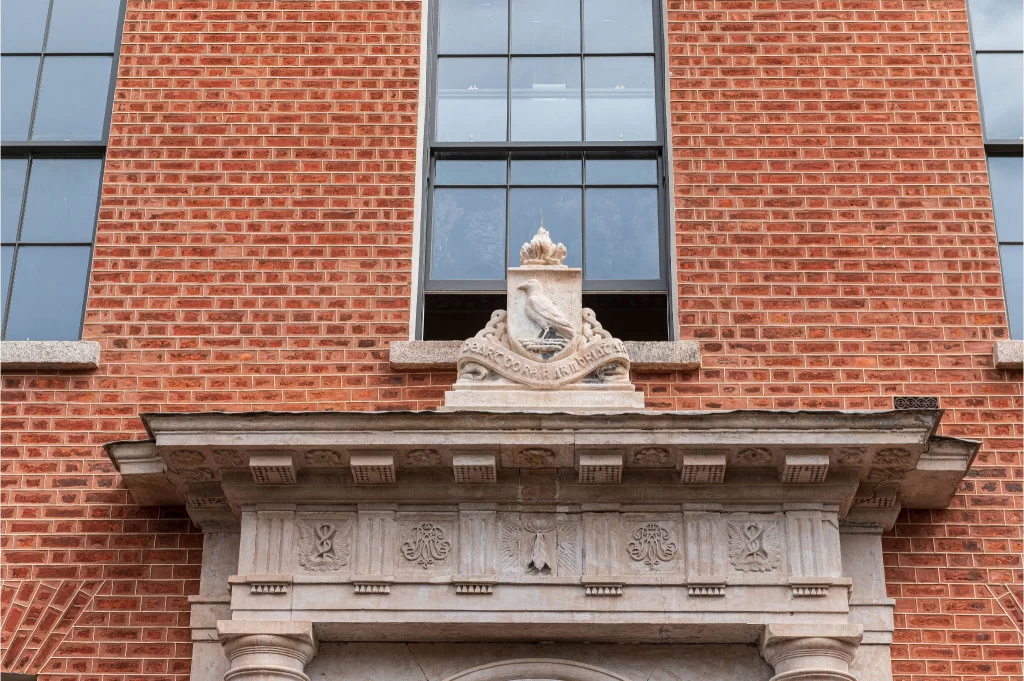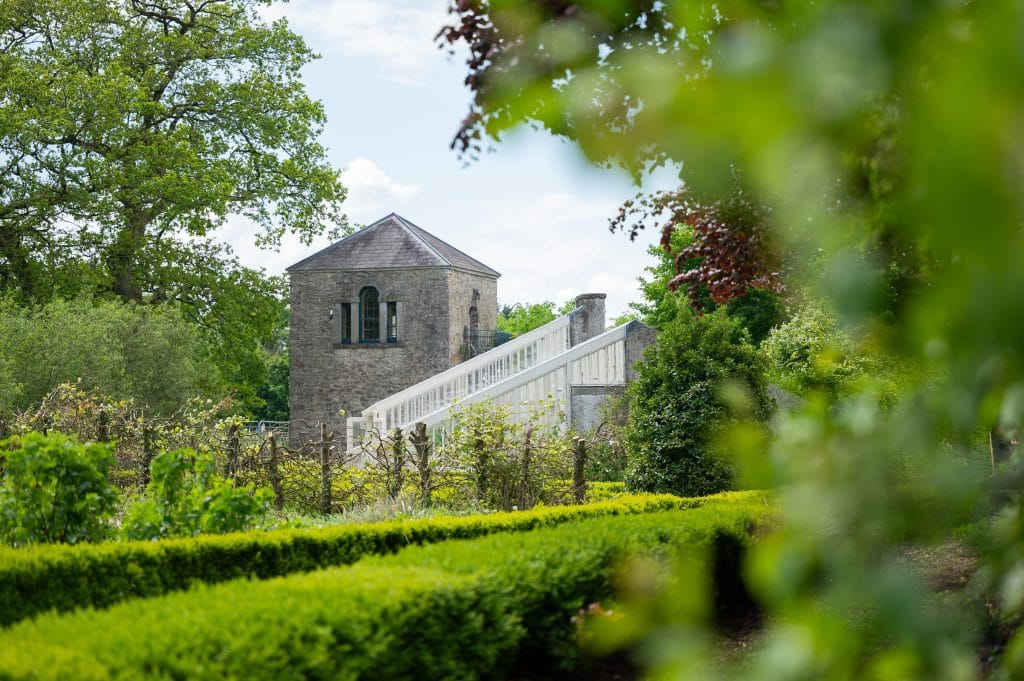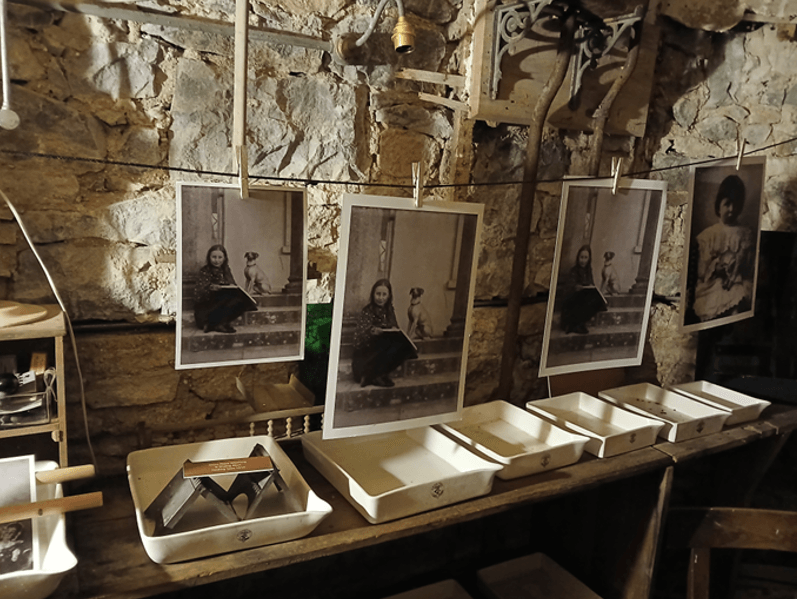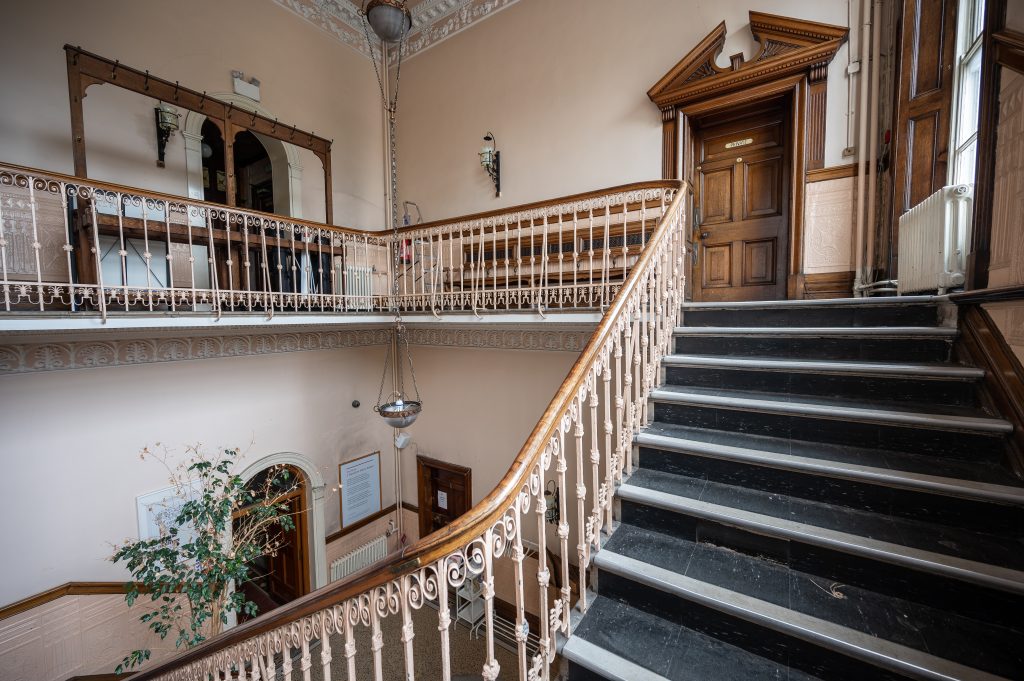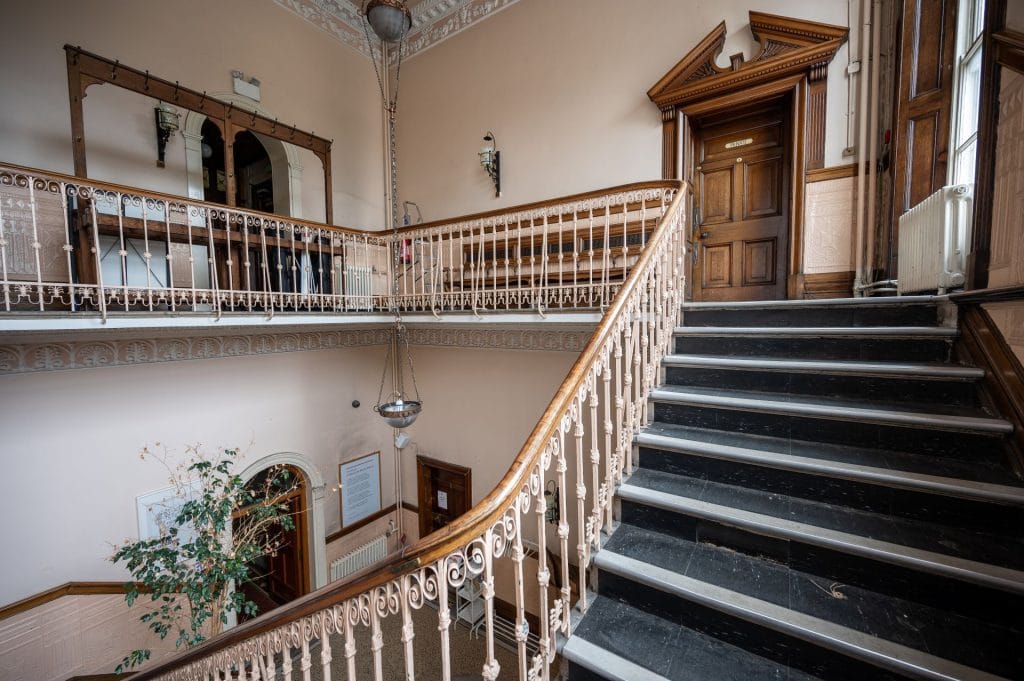22 October 2025
Ireland’s Agricultural Heritage Takes Its Place on the World Stage.
Historic soil testing device fro the Irish Agricultural Museum (IAM) joins new US Food and Agriculture Organisation (FAO) Museum in Rome.
A pioneering soil testing device from the Irish Agricultural Museum at Johnstown Castle Estate, Museum & Gardens in Wexford has been donated for permanent display at the newly opened Food and Agriculture Museum and Network (FAO MuNe) in Rome.
The museum, launched to mark the 80th anniversary of the United Nations Food and Agriculture Organisation and World Food Day, celebrates global food systems, cultural traditions, and sustainable agriculture. Designed as a hub for education and collaboration, FAO MuNe explores the shared human story of how we grow, nurture, and sustain the world’s food supply.
A symbol of Innovation and Resilience
The donation of this Irish-made soil testing device carries a powerful symbolism. Following the devastation of Ireland’s 19th-century famines, poor soil health and overuse continued to challenge the nations agricultural recovery. In response, the Irish State made soil science a national priority in the mid-20th century.
When Johnstown Castle was transferred to the State by the FitzGerald family in 1945, it became home to the National Soils Laboratory. From there, researchers began the country’s first soil mapping and nutrient-testing prgrammes – laying the foundations for a new era in Irish farming.
By the 1960s, field researchers used soil testing devices like the one now displayed in Rome to gather samples from farms nationwide. These tests, offered free to farmers, transformed agriculture across Ireland – improving soil health, boosting yields, and paving the way for Ireland’s emergence as a world leader in sustainable food production.
An Irish Design with Global Impact
The device itself is a modest, hand-held steel tool, but its design tells a remarkable story of ingenuity. Developed in the 1960s by Johnstown Castle technician Pat Hayes in collaboration with Dr. Austin O’Sullivan, who later founded the IAM, their adaptation produced more consistent soil samples and quickly becamse the standard across Ireland.
We are proud that the Irish Agricultural Museum has contributed an item of such historical importance to the FAO MuNe. This soil testing device stands as a symbol of Ireland’s journey from famine to scientific innovation in agriculture. It also highlights the vital role soil plays in sustaining farming and food production for communities worldwide.
Matt Wheeler, General Manager & Curator of the IAM
Wheeler added his thanks to the Department of Agriculture, Food and the Marine for its support and for inviting the Museum to take part in this significant international initiative.
Continuing a Legacy of Soil Science
The pioneering research begun at Johnstown Castle continues today through Teagasc, the Agriculture and Food Development Authority, which carries forward this proud legacy of soil science and innovation. Healthy soils remain the foundation of Ireland’s thriving agri-food industry and its global reputation for sustainable, high-quality food.


